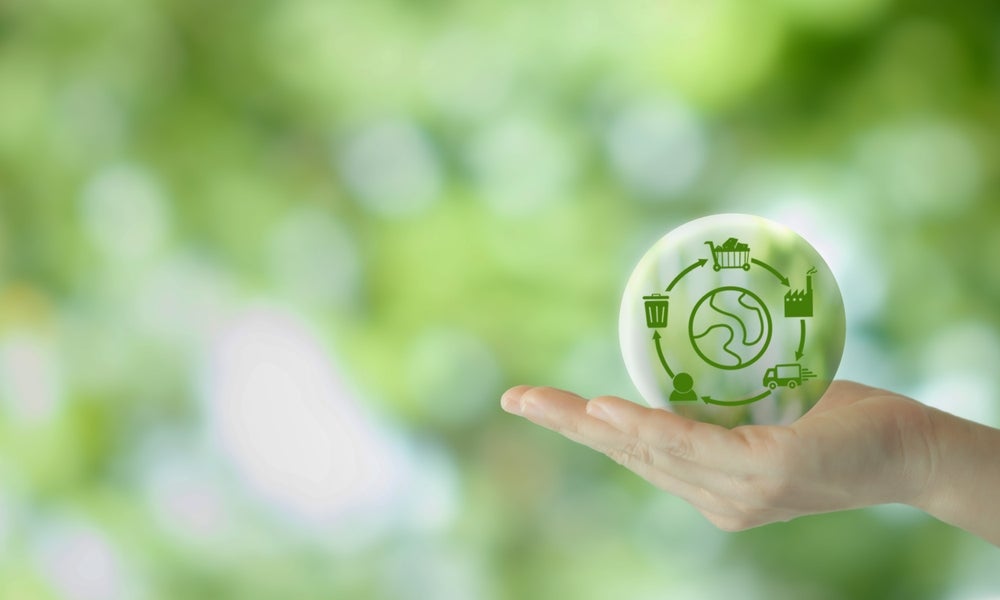The retail sector is far from net zero and accounts for a significant portion of global emissions. Reducing the carbon footprint for retailers and their value chains is a crucial step towards reaching global climate targets.
Net zero means cutting greenhouse gas emissions to as close to zero as possible, with any remaining emissions then offset. Firms that achieve net zero emissions may say they are "carbon neutral". Due to the complex nature of retailers’ supply chains, Scope 3 emissions are by far the largest share of a retailer’s footprint. Scope 3 emissions are indirect emissions that encompass upstream and downstream activities in a retail value chain, from the initial sourcing of materials to the end-use of products by consumers. Instead of owning factories and having full control, retailers usually outsource production geographically to a range of suppliers. Sourcing data across the value chain is therefore challenging and complex.
Retailers need to shift from the throwaway consumer culture and adopt a fully circular economy. Retailers and manufacturers must design products with long-lasting sustainable materials, alongside redesigning retail systems to enable customers to exchange, repair and reuse goods.
The circular economy business model
The circular economy is a fundamentally different approach to how products are designed, produced, and used, in which economic progress is decoupled from the consumption of Earth's finite resources. Achieving these goals will minimise the waste produced by the production and consumption of products. This process involves product re-use, recycling and re-creation into new products using renewable materials, ecodesign and sustainable manufacturing.
Renewable materials
The fast fashion industry thrives on producing quick, cheap virgin materials such as polyester, spandex, viscose and nylon. Used to make low-quality clothing, these textiles often end up in waste, taking years to biodegrade and releasing microplastics into the environment during the process. A variety of other materials such as cotton and leather, and natural materials such as wood, can be recycled and repurposed, reducing waste in landfills and increasing the preservation of natural resources. New innovative materials are entering the fashion space as sustainable alternatives. One example is Piñatex, a sustainable and animal-free alternative to leather made using the leaves of pineapples grown in the Philippines. Leftover waste can be recycled and used for fertiliser or biomass, and has been used by retailers such as Hugo Boss.
Ecodesign
Ecodesigning a product takes the entire lifecycle of a product into account, including the extraction of materials used during production, the distribution and use of end-products, and their recycling and disposal. Ecodesign aims to keep a product in its original state for as long as possible to maximise use. It helps to properly manage the stocks of finite materials while introducing bio-based or sustainable materials wherever possible. As these processes scale up, efficient production will save energy in the long run and require manufacturers to consume fewer raw materials.
Sustainable manufacturing
Sustainable manufacturing is the process of creating products through economically sound processes that minimise negative environmental impacts while conserving energy and natural resources. Manufacturing of products is a huge portion of a retail supply chain. Retailers and partners are optimising the use of technology for predictive analytics, automation and smart systems to increase operational efficiency while simultaneously reducing pollution and waste during the manufacturing steps of a product. Adoption of the circular economy for the retail industry is limited by current challenges. Building regulation, financial and innovative business models, and collaboration across all stakeholders are necessary for further adoption.









